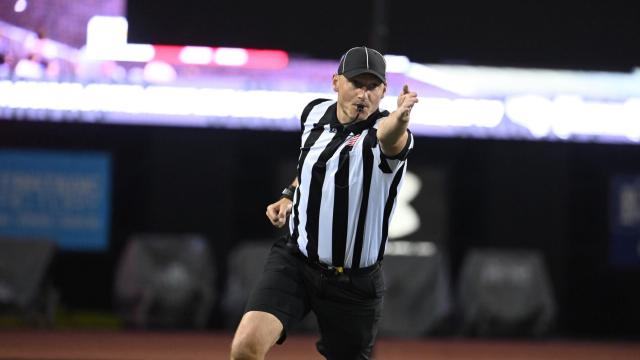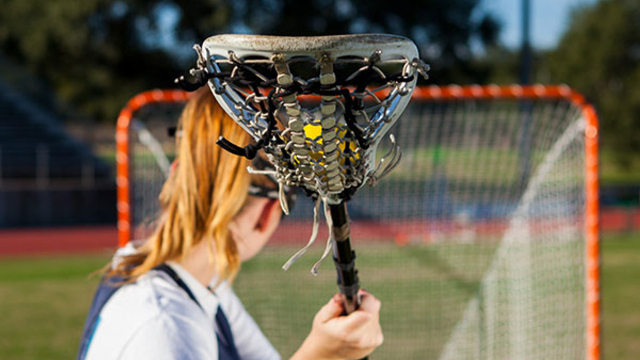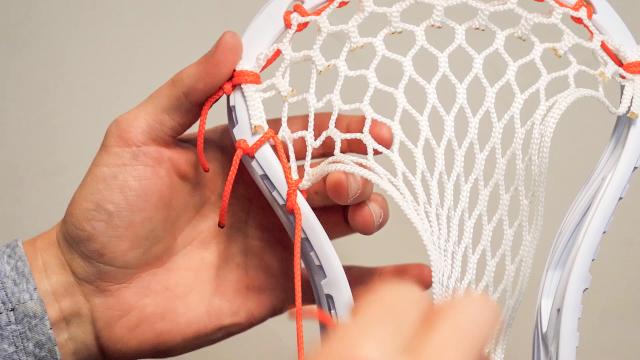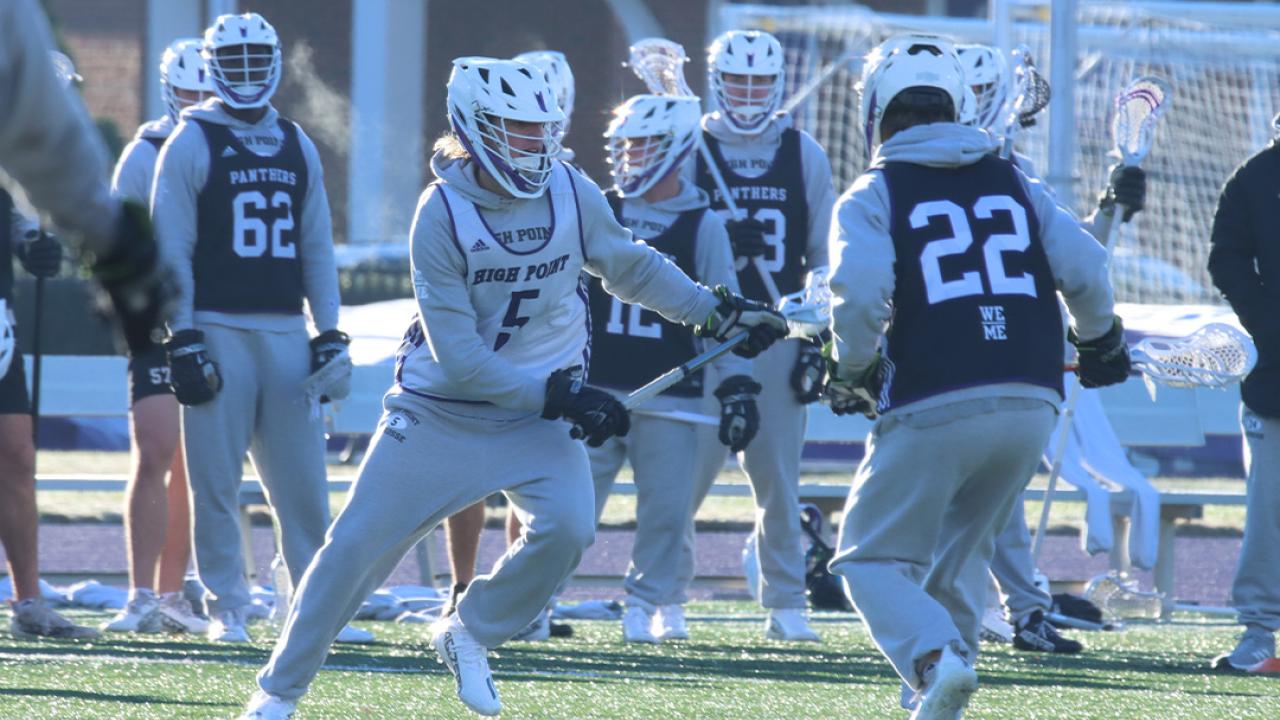
Game Ready: Logan Wisnauskas' 3-v-3 Drill at High Point
This article appears in the March edition of USA Lacrosse Magazine. Join our momentum.
Logan Wisnauskas’ bio at Maryland is one of the longest in school history. It includes winning the Tewaaraton Award and national title and graduating as the school’s all-time goals (205) and points (340) leader.
But these days, Wisnauskas is working on his coaching resume. The 2022 PLL No. 1 draft pick and U.S. training team member accepted a volunteer coaching position with High Point last July.
“Good friends of mine in the sport said incredible things about him — as a person and leader,” Panthers head coach Jon Torpey said. “We went out of our way to grab lunch with him at a tournament. He’s unbelievably hard-working. No job is too big or small. He brings value to the table every day.”
And by every day, Torpey means day one.
Wisnauskas thought up a new 3v3 drill involving two-way play, speed and decision-making. It starts with a ground ball, and the offensive team must make one pass and score within 10 seconds. Then, the goalie restarts the play. The defense becomes offense, and the 10-second clock begins. Finally, a new group of six players enters.
Torpey loved it. So did Twitter. It racked up more than 600 likes.
“It has offensive guys playing defense, defensive guys playing offense, transition, quick decision-making,” Torpey said. “It was a really good fast-paced drill. You get a lot of things in one drill.”
Torpey and Wisnauskas shared tips for implementing it in practice.
START EARLY
The drill can be a part of practice any time of the year, including early in fall ball, which is when High Point introduced it. “In youth lacrosse, there’s inherently a pause after something happens,” Torpey said. “A kid takes a shot, and everyone stands around for a second.”
Torpey says players can fall back into this habit after a long layoff, such as summer or winter vacation.
“When you are coming back from a break, try to incorporate a lot of drills with a ton of speed with no pause, just constant action back and forth,” Torpey said.
CREATE URGENCY
The NCAA shot clock is 60 seconds, but Wisnauskas gave players a much shorter window — 10 seconds — to pass and shoot.
“Having a faster shot clock makes it more like hoops so they have to make quick decisions in a short period of time,” Wisnauskas said.
But longer durations also have a place. A 30- to 60-second shot clock allows teams to develop dodging skills and run picks.
THINK HOOPS
The basketball elements don’t end with the shot clock.
“In the middle, there is s 3v3 scrum, like a tip-off,” Wisnauskas said.
The chase for the ground ball emphasizes competition and hustle.
3 ON 3 OFF
When the Panthers ran the drill in the fall, they didn’t focus too much on who was on the field and when. “We just split them evenly,” Torpey said. “It was really random. Early in the season, it’s less about the matchup and depth chart and more about getting equal footing.”
The drill ran like a conveyer belt. Once the first set of teams finished, the next six players went in. Torpey notes this strategy made people talk, think on the fly and learn to work with people they didn’t know well on or off the field.
EVOLVE
During the season, the depth chart becomes more important. Start thinking about player combinations.
“Naturally, that’s when you want to start building those relationships [with people who will be playing together],” Torpey said.
Beth Ann Mayer
Beth Ann Mayer is a Long Island-based writer. She joined USA Lacrosse in 2022 after freelancing for Inside Lacrosse for five years. She first began covering the game as a student at Syracuse. When she's not writing, you can find her wrangling her husband, two children and surplus of pets.
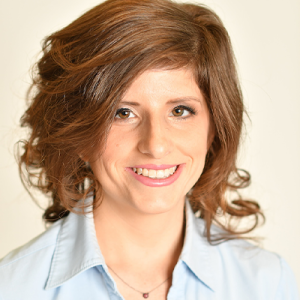
Related Articles
